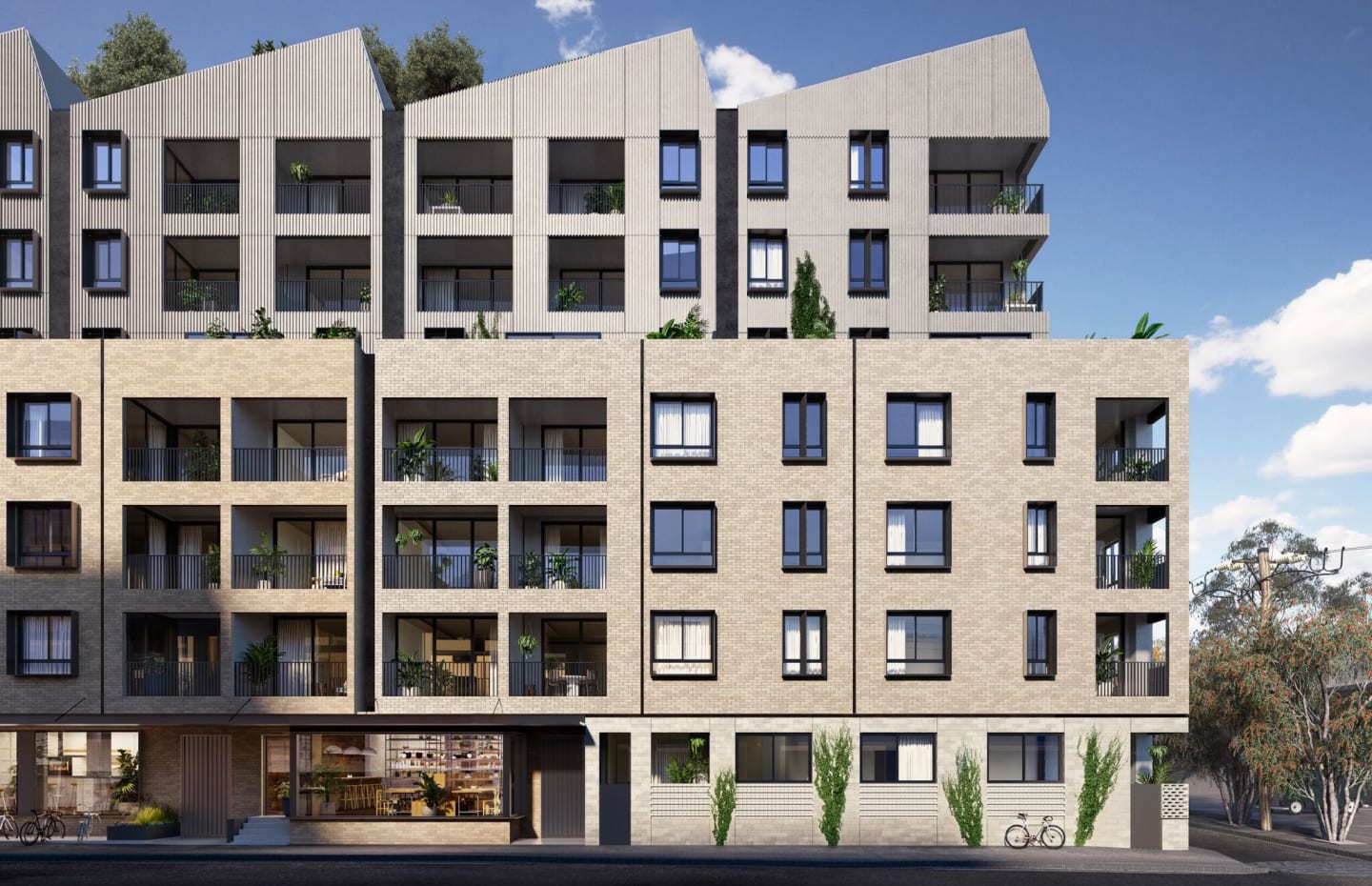Emphasis on sustainable design for Milieu's latest in Brunswick
milieu Property's latest Brunswick residential project is looking to bolster the suburb's growing design-driven credentials in higher density living.
The area in and around Anstey Station, in particular, is establishing a reputation for high-end sustainable and community-driven design, with milieu's Breese Street the latest project intent on becoming reality. DKO Architecture and Breathe Architecture have collaboratively designed the seven level project which milieu notes as being their most community-centric to date.
So much so, design presentations took place last week with prospective residents, with the intent of refining the design further.
This week's round of consultation follows on from a ‘Liveability Survey’ conducted for the project earlier in the year, facilitating the free exchange of ideas on all aspects of the building’s design. One outcome of the design symposium will see Breese Street limited to a maximum of five apartments per floor.
With sustainability high on milieu's agenda, the design team has shadowed other developments in the Anstey precinct by incorporating a highly active rooftop area. Described as a “backyard in the sky”, the building’s rooftop will see a communal vegetable plot plus native plants selected by landscape design practice MALA.
The intent is to create a bionetwork capable of attracting and sustaining butterflies, birds and introduced animals such as frogs.
Rooftop aside, Breese Street is targeting a 7.5 Star Energy Rating, positioning it as one of Melbourne's most environmentally sustainable developments. No energy will be required to heat or cool the building due to the characteristics of the project's design, although a 30-kilowatt PV solar panel system will be incorporated across Breese Street's sloping roof.
Additional energy requirements for the development will come from 100% GreenPower purchased by the future owners’ corporation, which "utilises renewable energy sources, off-sets carbon and allows residents to access wholesale energy prices" according to milieu.
Further to this, the development is proposed to create or consume no fossil fuels.
Breese Street will join a trio of additional high density residential projects in the Anstey precinct that boast progressive design and sustainability credentials. urban.com.au has over recent years reported on The Commons which was a watershed development in the area.
Directly opposite The Commons and a stone's thrown from Breese Street is Nightingale, also the work of Breathe Architecture.
The trio of developments along with the forthcoming Nightingale Village development further south on Breese Street has prompted milieu to describe the Anstey precinct as "on the precipice of a housing revolution of international significance."
Nightingale Village has previously been covered by urban.com.au, and will see the collaboration of seven architecture firms in designing multiple buildings that will adhere to the social, environmental and financial sustainability principles of the Nightingale model.
